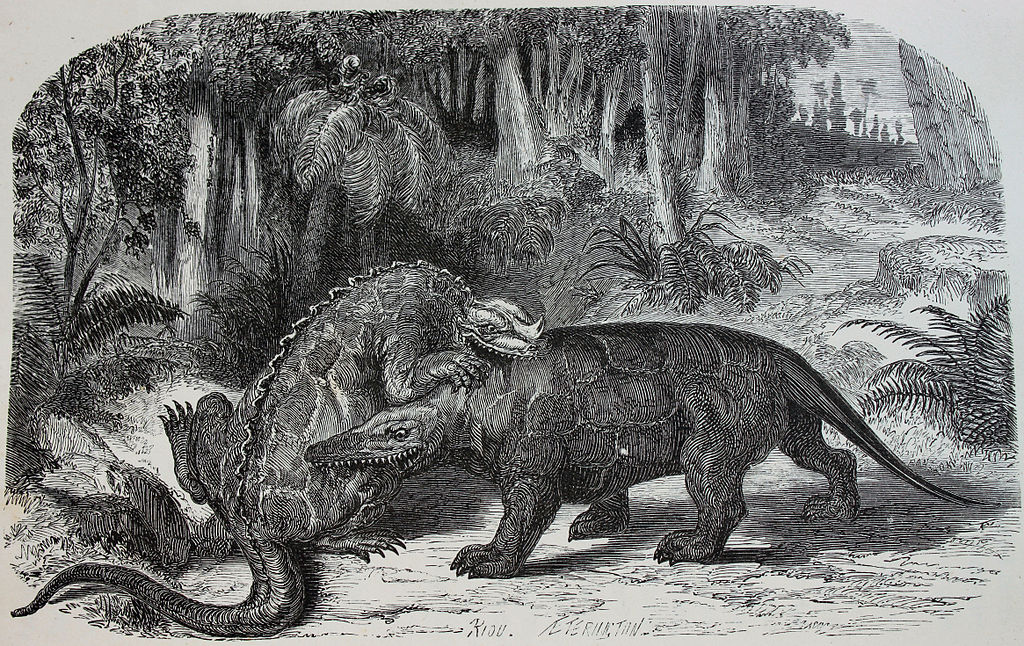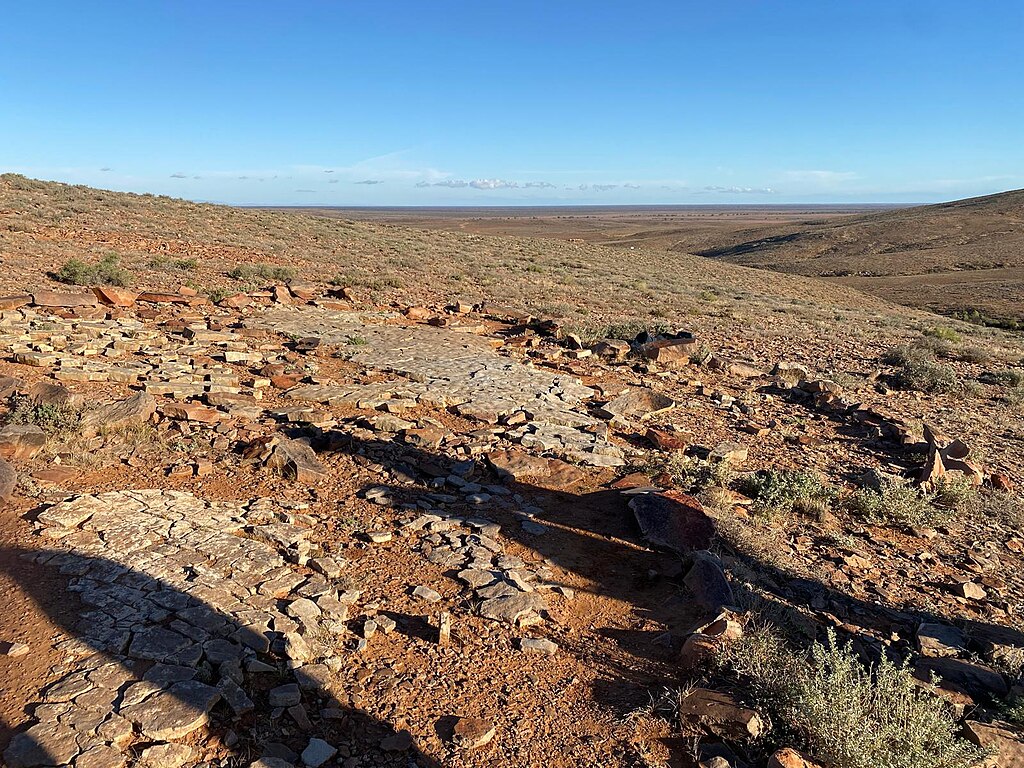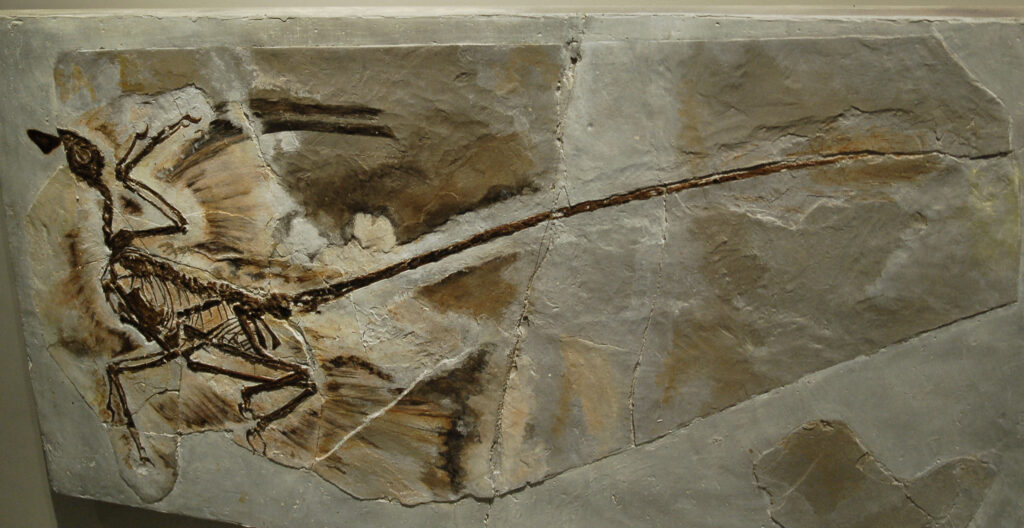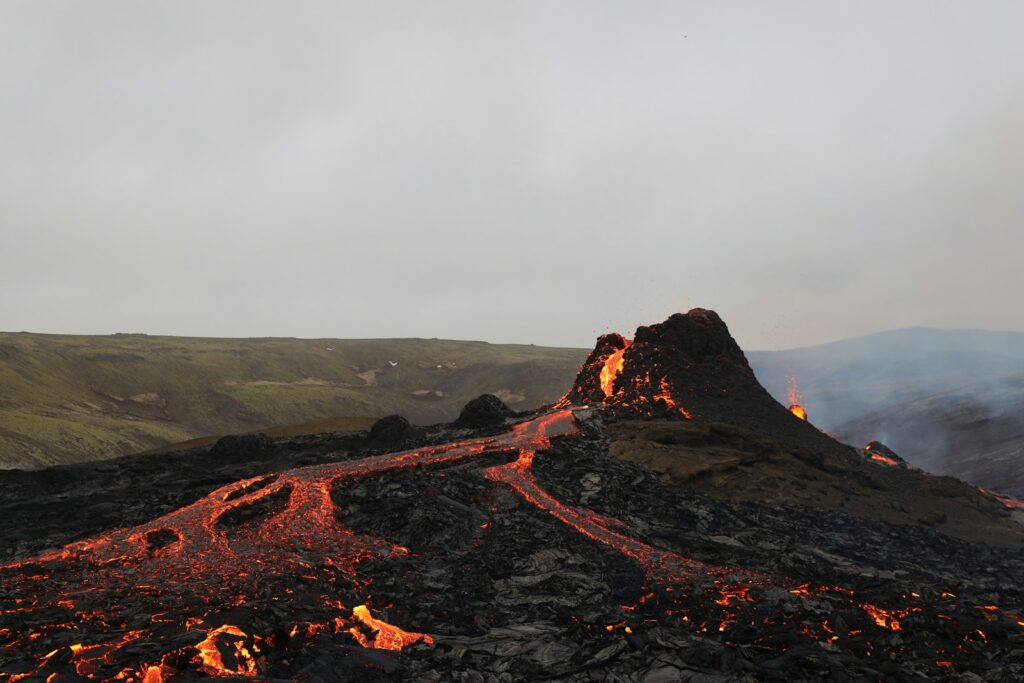The fossil record provides our only window into the incredible diversity of dinosaurs that once ruled our planet. For nearly two centuries, paleontologists have unearthed, cleaned, and catalogued thousands of specimens, revealing creatures that defy imagination. Yet despite these remarkable discoveries, scientists have long suspected that our knowledge represents merely a fraction of dinosaur species that actually existed. The question of how many dinosaur species remain forever hidden from science isn’t merely academic—it speaks to fundamental questions about evolution, ecology, and the very nature of scientific knowledge. As we explore the limitations of the fossil record and what might lie beyond our reach, we confront a humbling reality: much of Earth’s biological history may remain permanently unknowable.
The Bias of Fossilization

Fossilization is an exceptionally rare event that requires a specific set of conditions to occur. For an organism to become preserved in the fossil record, its remains must be quickly buried in sediment that protects them from scavengers and environmental breakdown. This process inherently favors certain environments—particularly wetlands, river valleys, and coastal plains—where rapid burial is more likely. Consequently, dinosaurs that lived in mountainous regions, dense forests, or other environments not conducive to fossil formation are drastically underrepresented or entirely absent from our records. This environmental bias means we have well-documented dinosaur faunas from certain regions and time periods, while others remain mysterious blank spots in our knowledge. The preservation lottery is heavily weighted toward larger animals with robust skeletons, leaving smaller or more delicate species virtually invisible to science.
The Ghost Lineage Problem

Paleontologists use the term “ghost lineage” to describe species or groups that must have existed—as indicated by evolutionary relationships—but haven’t been found in the fossil record. These missing links represent significant gaps in our understanding of dinosaur evolution and diversity. When scientists discover a highly derived species without finding its immediate ancestors, they can determine approximately when these ancestors must have lived based on phylogenetic analyses and molecular clock estimates. The existence of ghost lineages suggests that entire evolutionary branches may have flourished without leaving recoverable fossils. Some estimates suggest that for every dinosaur species known to science, dozens more may have existed without leaving a trace. These phantom species haunt paleontological research, reminding scientists that their work reveals only fragments of prehistoric biodiversity.
Geographical Sampling Biases

The global distribution of paleontological research has been historically uneven, with the majority of discoveries concentrated in North America, Europe, and parts of Asia. This geographical bias means that dinosaur species from less-studied regions likely remain significantly underrepresented in the scientific record. Many regions with potentially rich fossil beds—such as parts of Africa, South America, and Southeast Asia—have received comparatively little attention due to logistical challenges, limited research funding, or political instability. The consequences of this sampling bias are substantial; entire dinosaur faunas unique to these underexplored regions may never be discovered. Recent discoveries in previously understudied regions like Argentina and China have revealed completely novel dinosaur groups, suggesting how much still remains undiscovered elsewhere. As paleontological work expands globally, these gaps are slowly being addressed, but many remote or inaccessible locations may never be thoroughly explored.
The Challenge of Soft-Bodied Dinosaurs

Our understanding of dinosaurs is largely limited to species with hard parts—bones, teeth, and occasionally scales—that could fossilize. Yet these elements represent only a fraction of an animal’s anatomy. Soft tissues like organs, muscles, and other structures rarely preserve, leaving huge gaps in our knowledge of dinosaur biology and potentially missing entire soft-bodied groups. While some remarkable discoveries have preserved skin impressions, feathers, or even traces of internal organs, these findings are extraordinarily rare. Paleontologists can only speculate about potential soft-bodied dinosaur relatives or unusual species with reduced skeletal elements that might have existed. The absence of these creatures from the fossil record doesn’t mean they didn’t exist—only that they left no lasting traces for scientists to find. This limitation means we may never know the full range of dinosaur forms, especially those with unique adaptations involving primarily soft tissues.
Time Periods with Poor Preservation

The fossil record is not a consistent, unbroken timeline but rather a series of windows into specific periods, with some eras far better documented than others. Certain geological time periods have yielded relatively few dinosaur fossils due to unfavorable preservation conditions, tectonic activity, or simply lack of accessible rock exposures from those times. The early Jurassic and middle Cretaceous periods, for example, have substantial gaps in the dinosaur fossil record in many regions of the world. During these “dark intervals,” dinosaur evolution continued unabated, potentially producing numerous species that left no recoverable trace. When paleontologists find species from periods immediately following these gaps, they often discover animals that underwent significant evolutionary changes during the unrecorded interval. These temporal blind spots in the fossil record may permanently obscure key transitional forms and entire lineages that existed during these poorly preserved periods.
The Rarity of Small Dinosaur Fossils

Small-bodied dinosaurs are significantly underrepresented in the fossil record compared to their larger relatives. This preservation bias occurs because smaller bones are more susceptible to scattering by predators, destruction by environmental processes, and are simply harder for paleontologists to find in the field. The delicate skeletons of small species often disarticulate quickly after death and may be completely destroyed before fossilization can occur. Evidence suggests that small dinosaurs were likely just as diverse as larger ones—if not more so—following patterns observed in modern ecosystems where smaller species typically outnumber larger ones. The relatively few small dinosaur species known to science probably represent just a tiny fraction of those that actually existed. Some microhabitats likely supported entire communities of small dinosaur species that have left little or no trace in the fossil record.
Lost Ecosystems and Habitats

Entire ancient ecosystems have disappeared without leaving significant fossil evidence, taking countless dinosaur species with them. High-altitude mountain environments, dense forests, and certain types of islands are particularly unlikely to preserve fossils due to erosion, acidic soils, or geological processes that destroy or deeply bury potential fossil beds. These lost ecosystems may have harbored highly specialized dinosaur species adapted to these specific environments—species we will never know existed. Island ecosystems are particularly noteworthy, as isolation often drives unique evolutionary adaptations. Many islands that existed during the Mesozoic have been subducted or otherwise destroyed by geological processes, eliminating any trace of their unique inhabitants. The dinosaurs that evolved in these vanished habitats may have displayed remarkable adaptations and forms completely different from those preserved in the environments that dominate our fossil record.
The Destruction of Fossil Beds

Countless potential dinosaur fossils have been destroyed by natural processes before they could be discovered by paleontologists. Erosion, volcanic activity, and tectonic movements continuously reshape Earth’s surface, destroying fossiliferous rock formations in the process. Mountain-building events have crushed and metamorphosed rocks containing fossils, while subduction zones have pulled entire sections of ancient seafloor—and any fossils they contained—back into Earth’s mantle. Human activities like mining, construction, and agriculture have inadvertently destroyed fossil beds before scientists could study them. Some regions with potentially rich dinosaur fossil deposits now lie beneath cities, reservoirs, or agricultural fields, making them permanently inaccessible. With each such loss, dinosaur species may vanish from history before ever being discovered, their existence erased without a trace.
The Challenge of Tropical Environments

Tropical environments present some of the greatest challenges for fossil preservation due to their high rainfall, acidic soils, and abundant decomposer organisms. These conditions rapidly break down organic material before fossilization can occur and often continue to damage fossils after they’ve formed. Despite being biodiversity hotspots in the modern world, tropical regions from the Mesozoic era have yielded relatively few dinosaur fossils compared to more arid environments. The lush dinosaur communities that would have thrived in ancient rainforests are therefore severely underrepresented in the fossil record. The specialized dinosaur species that evolved to exploit the unique ecological niches of Mesozoic tropical environments may remain forever unknown to science. Some paleontologists estimate that our understanding of tropical dinosaur diversity might represent less than 1% of the species that actually existed in these environments.
Short-Lived Evolutionary Experiments

Evolution constantly produces new adaptations and body forms, but not all survive long enough to leave a significant fossil record. Short-lived evolutionary lineages—species that emerged and went extinct relatively quickly—have a much lower probability of being preserved and discovered. These evolutionary “experiments” might include highly specialized dinosaurs that exploited temporary ecological opportunities or adaptations that ultimately proved unsuccessful. The fossil record inherently favors more successful, widespread species that existed for millions of years across large geographical areas. For every long-lived dinosaur species known to science, numerous short-lived species may have come and gone without leaving recoverable remains. These ephemeral species might have displayed some of the most unusual and innovative adaptations in dinosaur evolution, representing roads not taken that would greatly enhance our understanding of evolutionary processes.
Mathematical Models of Missing Diversity

Paleontologists have developed sophisticated statistical methods to estimate the true diversity of dinosaurs based on the incomplete fossil record. These models take into account preservation biases, sampling efforts, and the known patterns of species distribution through time. Based on these analyses, some researchers estimate that we have discovered less than 30% of non-avian dinosaur genera that ever existed. Other models suggest even greater gaps in our knowledge, with some estimates indicating that up to 90% of dinosaur species may remain undiscovered. These mathematical approaches provide our best window into the scope of what remains unknown, helping scientists quantify the magnitude of missing dinosaur diversity. While imperfect, these models consistently indicate that the dinosaur world was far more diverse than our current fossil discoveries suggest. The numbers are sobering, suggesting thousands of dinosaur species that existed but will never be known to science.
Future Discoveries and Technological Limits

Advanced technologies continue to expand our ability to detect and analyze fossils, from CT scanning that reveals internal structures to chemical techniques that can detect trace biological signatures. These innovations have allowed paleontologists to extract more information from existing specimens and discover fossils that might otherwise remain hidden. However, even with technological advances, certain fundamental limitations of the fossil record cannot be overcome. No technology can recover information from fossils that never formed or were destroyed by geological processes. While new discoveries will certainly continue to emerge from unexplored regions and innovative research methods, a substantial portion of dinosaur diversity remains permanently beyond our reach. The recognition of these limitations isn’t cause for despair but rather a reminder of the vastness of evolutionary history and the continuing adventure of paleontological discovery. Each new finding provides another piece of an endlessly fascinating puzzle, even if the complete picture will forever remain elusive.
The Unknowable Dinosaur World

Perhaps the most profound aspect of missing dinosaur diversity is coming to terms with the inherently incomplete nature of our knowledge. The dinosaur world as we understand it is merely a shadow of what actually existed—a reconstruction based on limited evidence and constrained by the vagaries of preservation. The species we know represent chance survivals in the fossil record rather than a representative sample of dinosaur diversity. For many dinosaur groups, we may have recovered only a small fraction of species, while entire branches of the dinosaur family tree likely remain completely unknown. This incomplete picture affects not just our understanding of individual species but also broader patterns of evolution, ecology, and extinction. Paleontologists must constantly navigate this uncertainty, developing hypotheses while acknowledging the vast unknown territory that surrounds the islands of established knowledge. The humility required by this recognition is perhaps one of the most valuable contributions of paleontology to scientific thinking.
The search for dinosaur fossils continues to yield remarkable discoveries, periodically rewriting our understanding of these magnificent creatures. Yet the tantalizing reality remains that many—perhaps most—dinosaur species that once walked the Earth will never be known to science. Their bones never fossilized, were destroyed by geological processes, or remain buried in inaccessible locations. This incompleteness doesn’t diminish the value of paleontological research; rather, it highlights the precious nature of each fossil discovery and the extraordinary privilege of glimpsing even fragments of Earth’s distant past. The dinosaur world we’ll never fully know stands as a powerful reminder of the limits of human knowledge and the endless depths of natural history still waiting to be explored.



